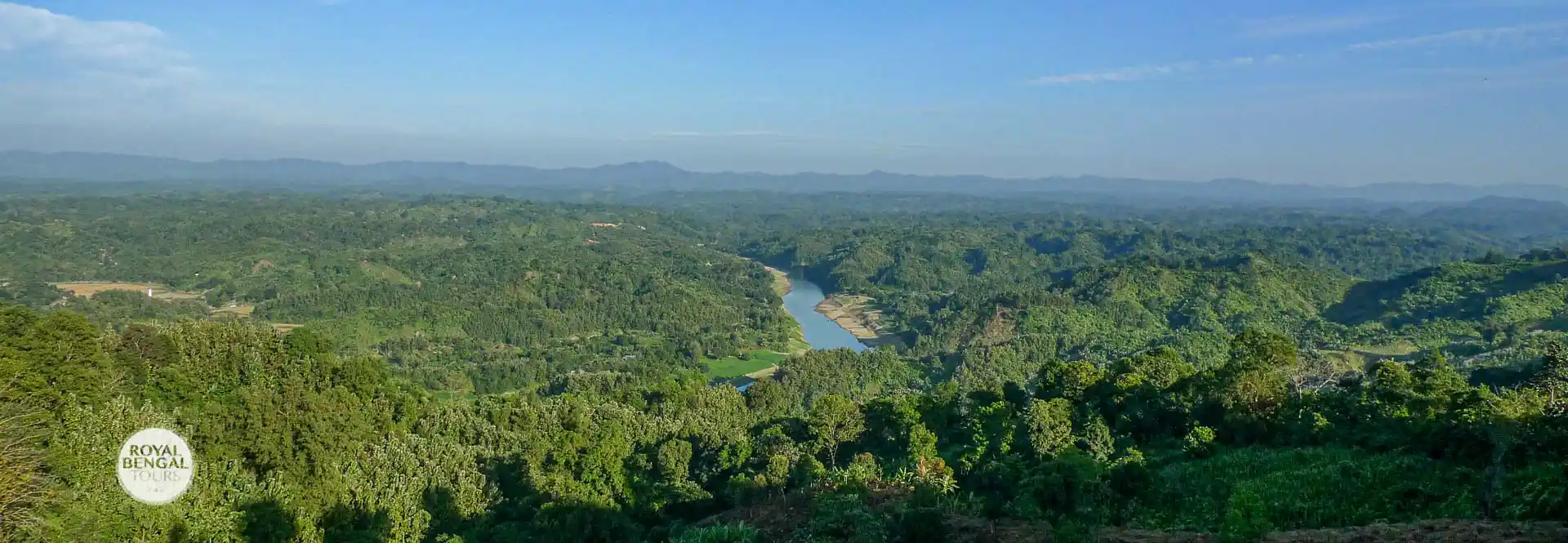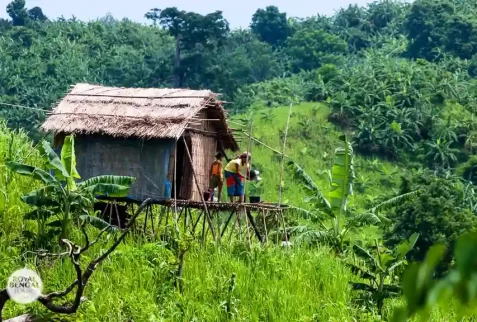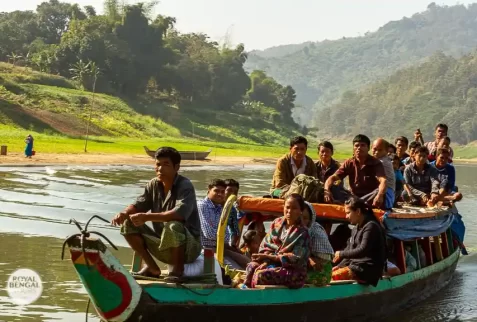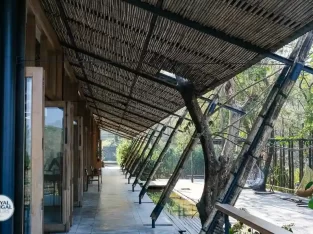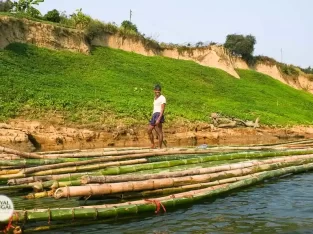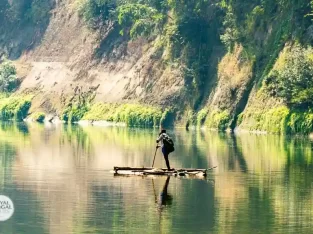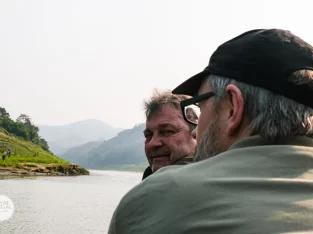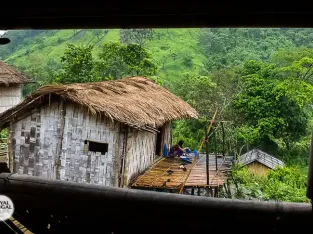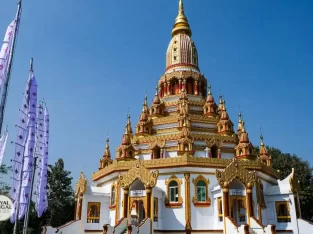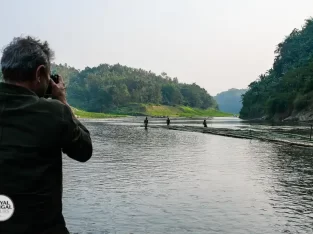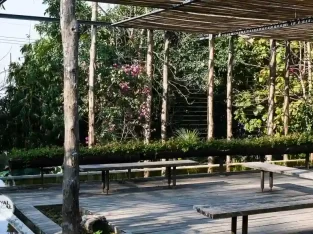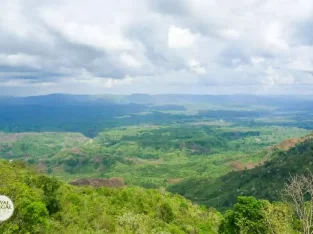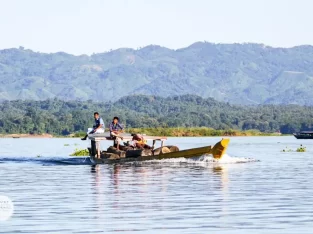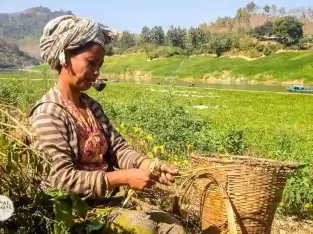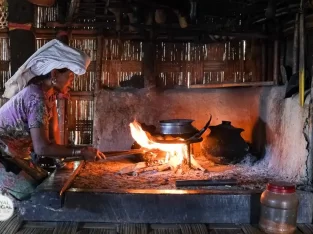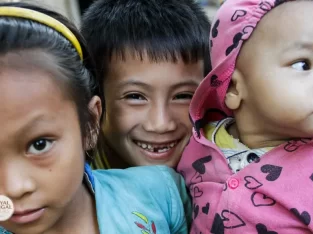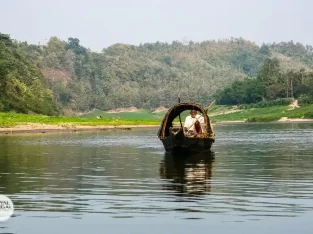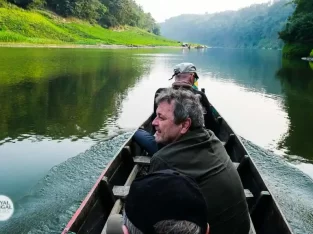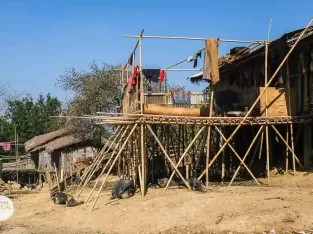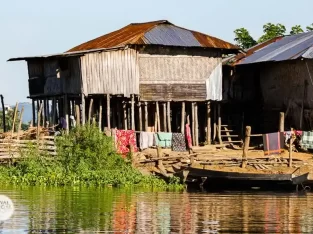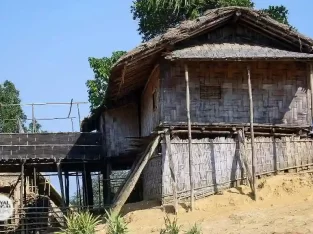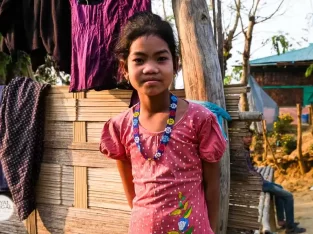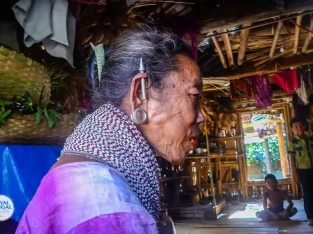Your cart is currently empty!
Chittagong and Hill Tracts stretch down to the southeastern corner of the country. Chittagong division shares borders with India and Myanmar (Burma) to the eastern side, Sylhet Division to the north and Dhaka Division along the Meghna River. The beaches, hills, and vibrant ethnic culture are the dominant features of this area, particularly in the Hill Tracts and south to the Myanmar border.
According to Chinese traveler Xuan Zhang, Chittagong City is a sleeping beauty emerging from the misty water. The Chittagong coastal line is exceptionally narrow and is the only coastal region where river deltas do not fragment the land. The wide and long beaches are extended from Sitakunda to Patenga, where the Karnaphuli River slices them off. It is then uninterrupted until Teknaf, which is said to be the world’s longest (150 km) continuous sandy beach. The Chittagong Hill Tracts comprise three districts: Rangamati, Bandarban, and Khagrachhari. They are all primarily populated by various tribal groups, distinct from each other in significant aspects. Each tribe has distinctive rites, rituals, dress, language, and cultural patterns. Chittagong’s local dialect has been influenced by Arabic, Arakanese, Portuguese, and tribal dialects. A plains Bangali would not know the local Chittagonian Bangla conversation. The Chittagonian dialect of Bangla would be the only thing in common among all communities throughout the Hill Tracts, Cox’s Bazar, and even the Muslim Rohingya community in Arakan.
Chittagong is the initial jumping-off point for the hill tracts east and Cox’s Bazar to the south. Cox’s Bazar is a prominent year-round tourist spot for the locals. Surrounding reserve forest and only coral island Saint Martin have made this corner a worthy destination. In many ways, the southeastern division offers the most variety to travelers – it proudly hosts the World’s longest natural beach, has the country’s highest region, the largest recycling ship-breaking industry, wild Asian elephants in the tropical evergreen forests, primary sea fish sources, tea plantation, ancient and colonial architecture, Mosques, Temples, mausoleums and vibrant culture. Exploring the hilly topography of Bandarban, Rangamati, and Khagrachhari, walking through the tribal villages, meeting the tribes and tasting their foods, and boating on rivers and lakes may change your definition of Bangladesh.
A peaceful boat trip from Chittagong/Dhaka to Nijhum Deep (a Mangrove Forest and a natural habitat for spotted deer), Borishal and the virgin beach of Kuakata will be an unforgettable experience.

